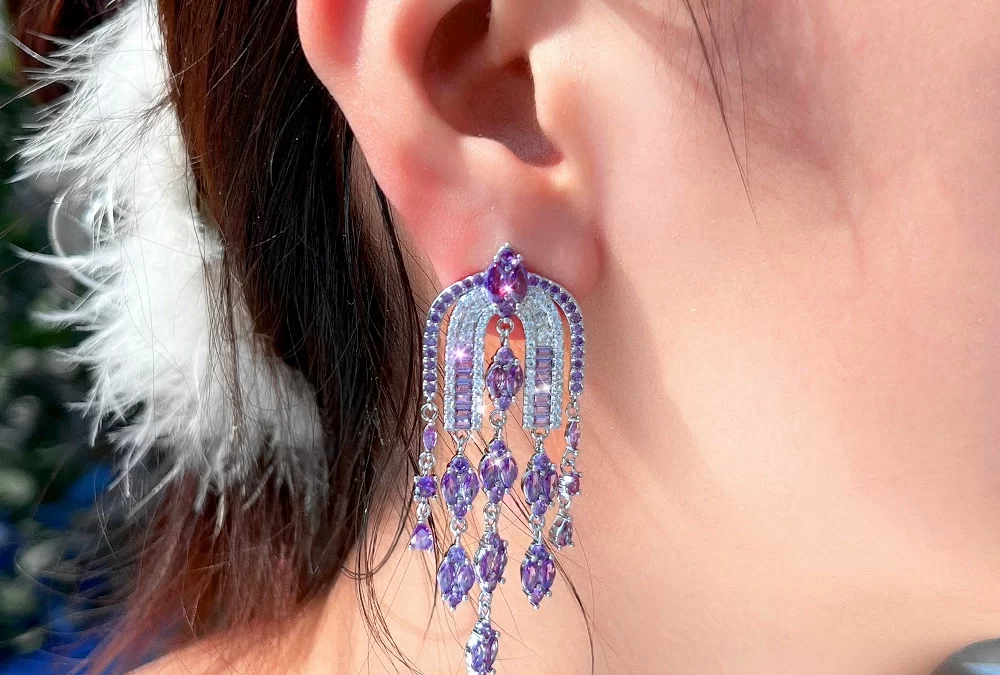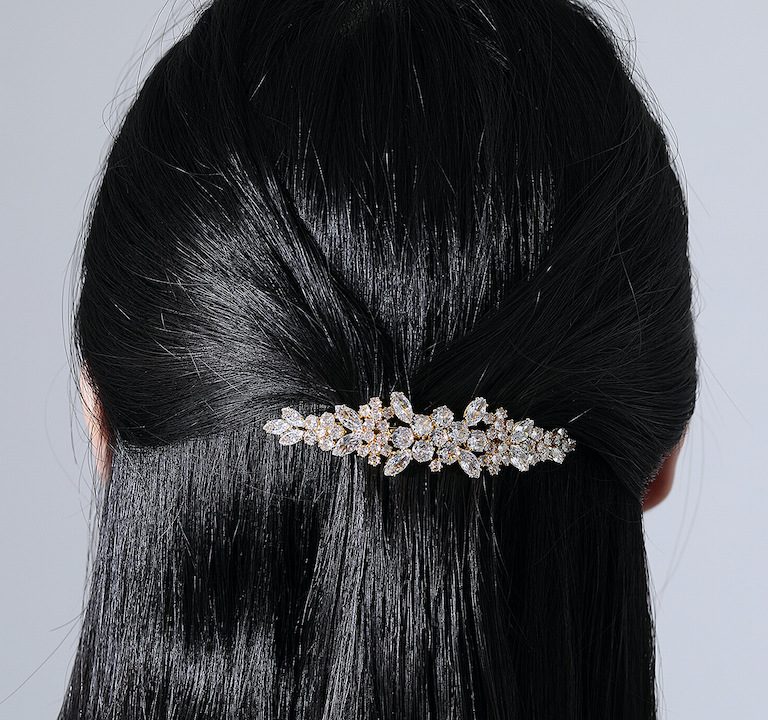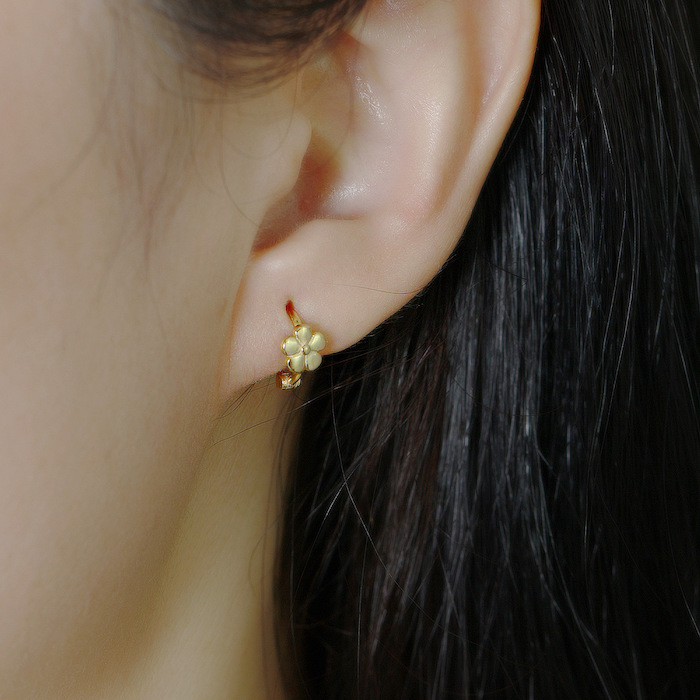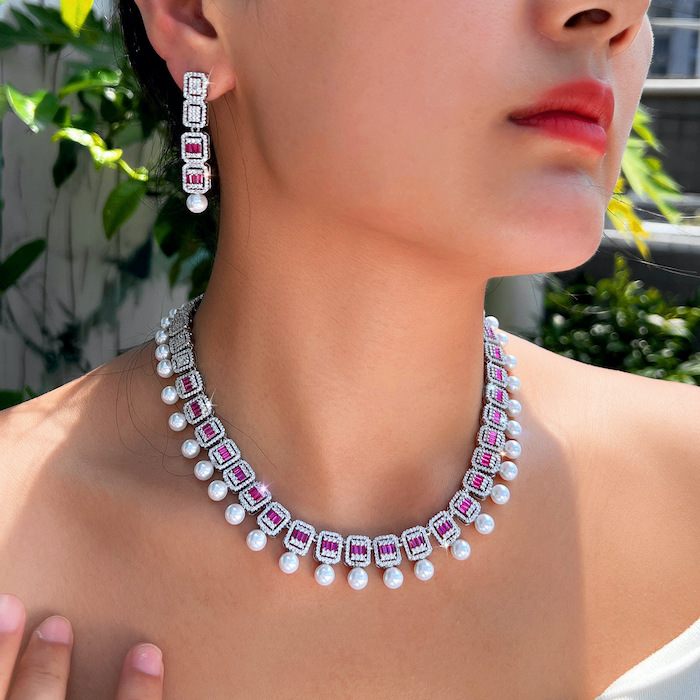As Manufacturer, How to Support Well the OEM Jewelry Production Importers?
The global jewelry market thrives on customization and efficiency, especially for OEM (Original Equipment Manufacturer) jewelry production importers who bridge design innovation with scalable manufacturing. Supporting these importers requires a strategic blend of supply chain optimization, quality assurance, and tailored services. Based on industry insights from leading platforms like Alibaba, here’s a comprehensive guide to empowering OEM jewelry importers effectively.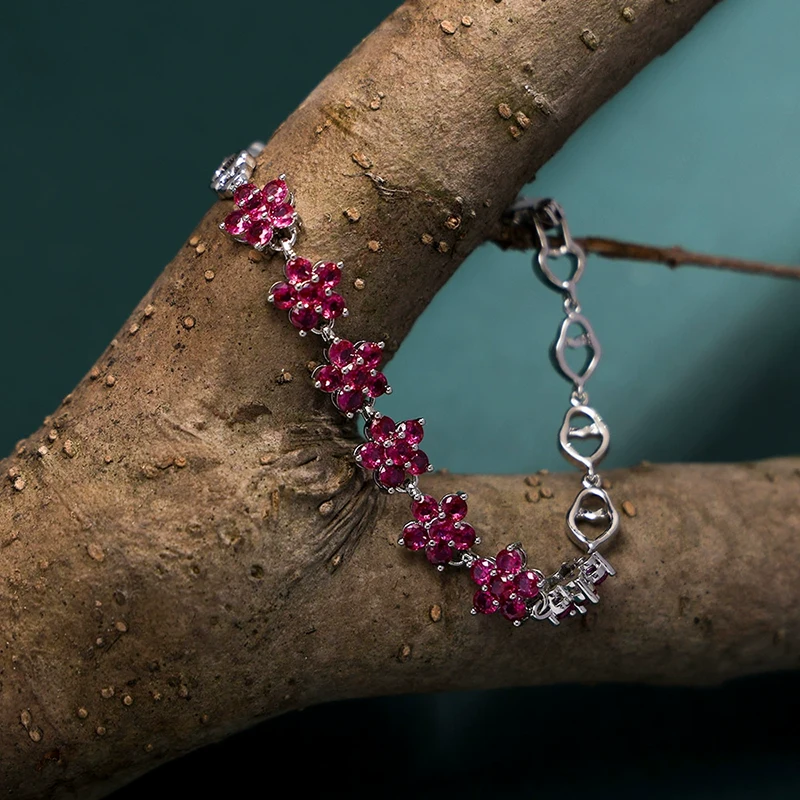
1. Streamline Supply Chain Efficiency
OEM jewelry importers often manage high-volume orders with tight deadlines. Key strategies include:
- Flexible Production Timelines: Offer tiered delivery schedules based on order quantities. For example, suppliers on Alibaba provide options like 25 days for 1–500 pieces and 60 days for larger batches, ensuring scalability24.
- Bulk Pricing Models: Tiered pricing (e.g., $8.99 per unit for orders over 350 pieces) incentivizes bulk purchases while maintaining profitability2.
- Localized Logistics: Partner with regional warehouses to reduce shipping delays, especially for time-sensitive products like engagement rings or seasonal collections4.
2. Prioritize Customization and Prototyping
Customization is the cornerstone of OEM jewelry. Importers need suppliers who provide:
- Sample and Mold Development: Suppliers offering mold-making and sample production services (e.g., minimum orders of 30 pieces for logo customization) enable importers to test designs before mass production.
- Material Versatility: Support diverse material requests, such as 925 sterling silver, gold-plated finishes, or hypoallergenic alloys, to cater to global market preferences.
- Design Adaptability: Accommodate trends like Y2K-inspired chunky chains or nature-themed pendants, ensuring alignment with consumer demands.
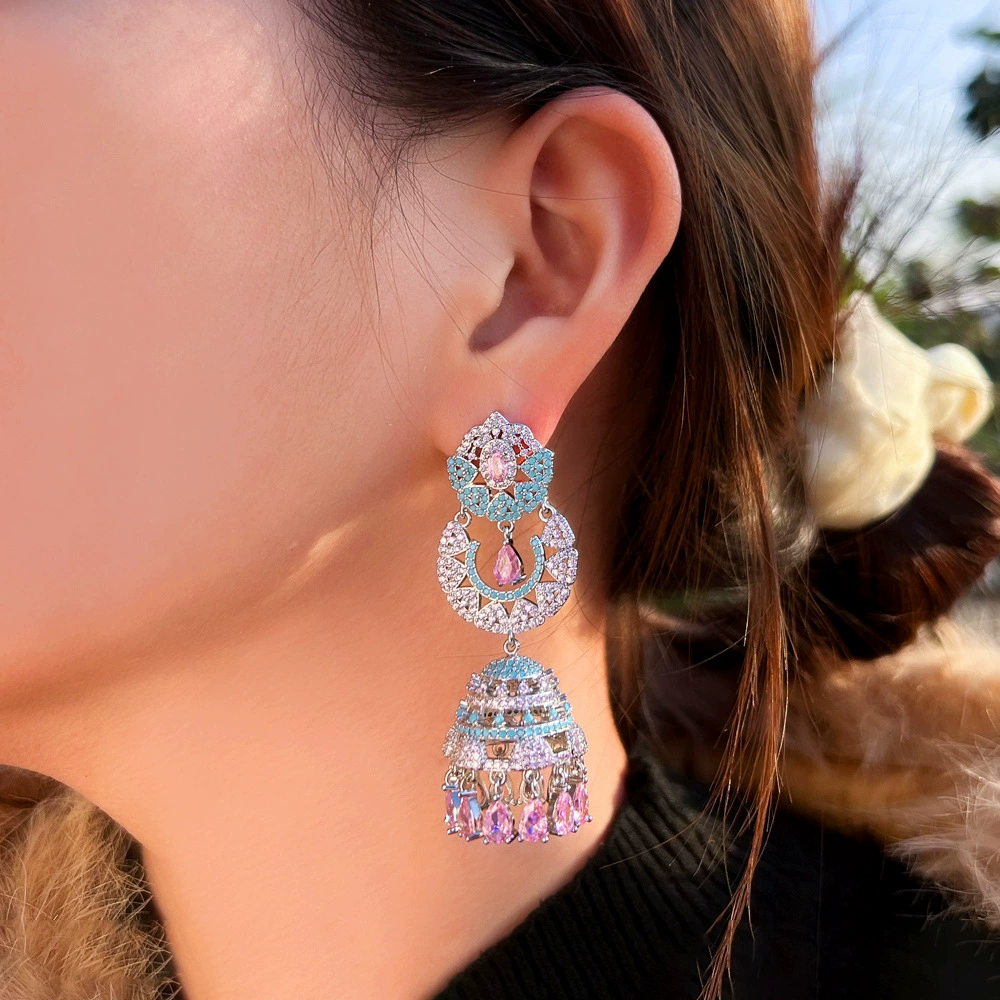
3. Ensure Quality Compliance and Certification
Quality issues can derail partnerships. Mitigate risks by:
- Third-Party Certifications: Require suppliers to provide certifications for materials (e.g., 925 silver purity) and craftsmanship, as seen in listings emphasizing “third-party evaluations”.
- Robust Return Policies: Implement guarantees like free returns for defective items or 10% compensation for delayed shipments, which build trust and reduce financial risks.
- Ethical Sourcing: Highlight eco-friendly practices, such as recycled metals or conflict-free gemstones, to align with growing sustainability trends.
4. Enhance Communication and Technical Support
Seamless collaboration is critical for OEM success:
- Digital Tools: Integrate AR-powered virtual try-ons or 3D design previews to streamline approvals, reducing prototyping costs.
- Dedicated Account Management: Assign multilingual support teams to address time zone and cultural barriers, especially for cross-border transactions.
- Transparent Documentation: Provide detailed product specifications, including metal weights, stone types (e.g., zircon or morganite), and plating options, to avoid misunderstandings.
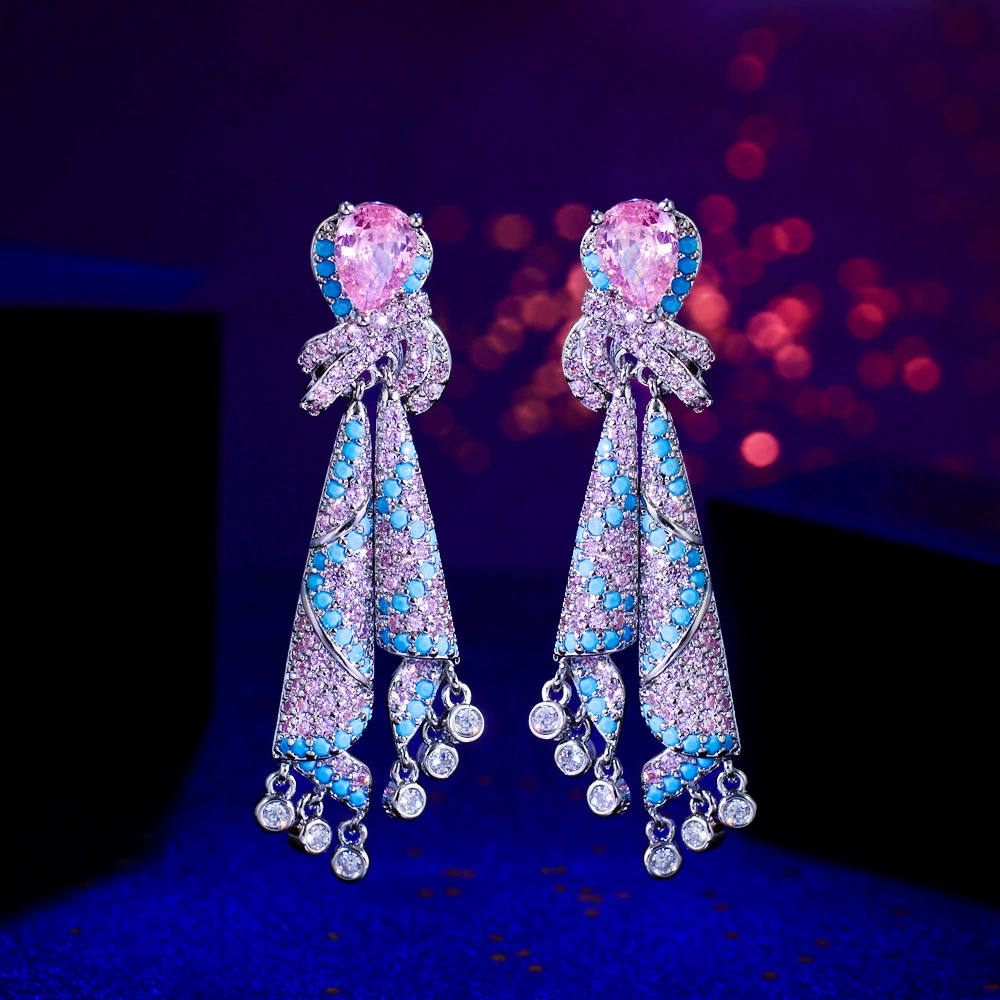
5. Leverage Trade Assurance and Secure Payments
Financial security is non-negotiable:
- SSL and PCI DSS Compliance: Ensure all transactions are encrypted, as emphasized by Alibaba’s payment safeguards.
- Trade Assurance Programs: Offer escrow services or deposit guarantees to protect against supplier defaults.
- Flexible Payment Terms: Accept multiple currencies and payment methods to accommodate global buyers.
Totally, Supporting OEM jewelry importers demands a holistic approach that balances speed, customization, and trust. By optimizing supply chains, prioritizing quality, and leveraging technology, suppliers can position themselves as indispensable partners in the competitive jewelry market. For importers, aligning with suppliers who offer transparent pricing, certifications, and responsive support is key to long-term success.
Empower your OEM partnerships with agility and integrity—where innovation meets reliability.


